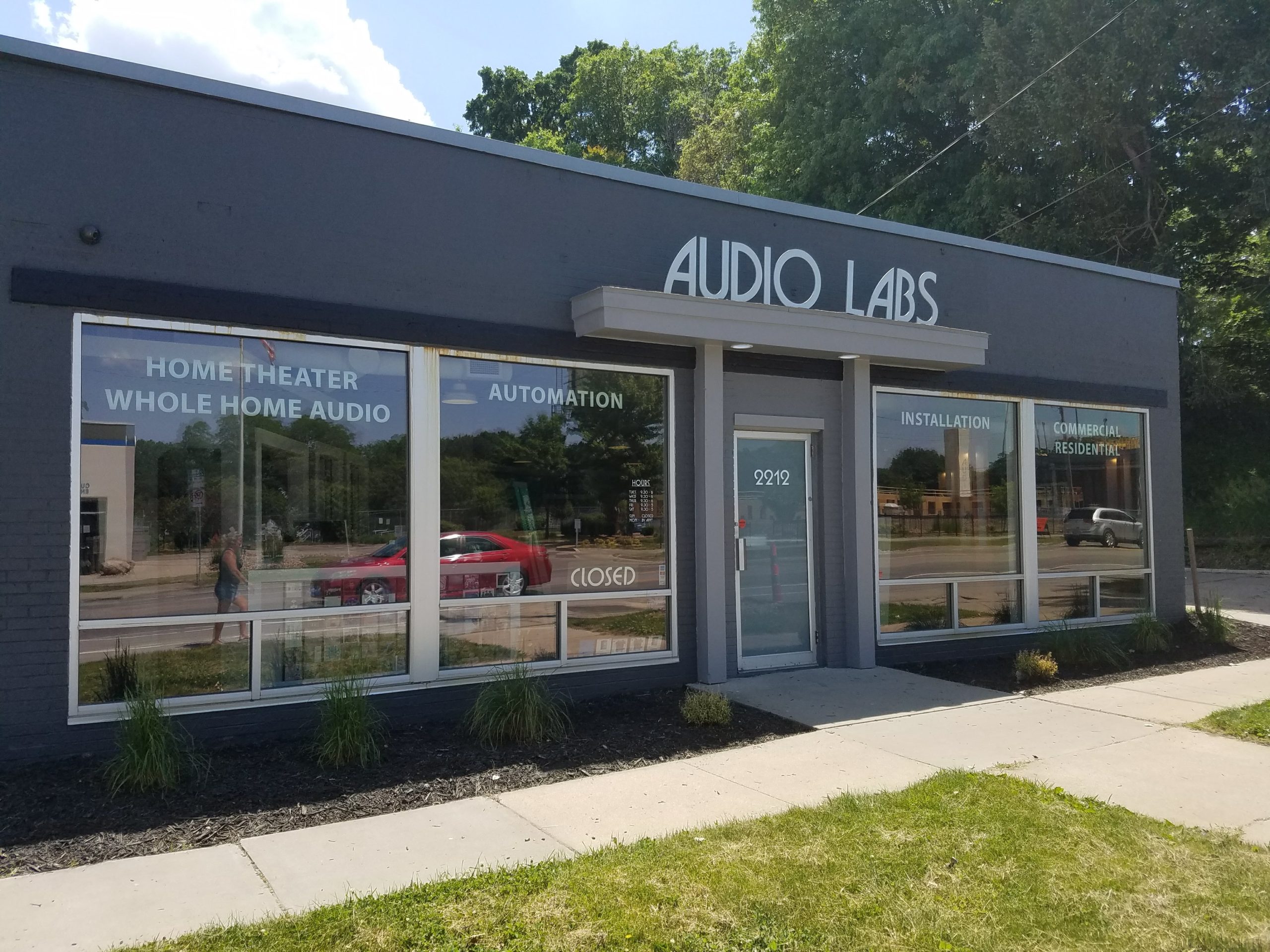Integrating Legacy Systems utilizing Cutting-Edge Audio Networking Technologies to achieve Enhanced Efficiency and Flexibility.
Within the current rapidly evolving landscape of audio technology, the need to enhance efficiency and adaptability in sound systems is more crucial than ever before. Many entities and locations still rely on legacy technologies, which are antiquated technologies that may not have the capabilities of modern equipment. Nevertheless, integrating these outdated systems with state-of-the-art sound networking solutions can lead to significant enhancements. Sound communication enables for better communication between equipment, making it easier to manage and manage sound throughout different areas.
A of the primary advantages of integrating legacy systems with contemporary audio networking is enhanced flexibility. Conventional audio technologies often require complex cabling and restricted pathway choices. With sound networking technologies like Dante or AVB, sound signals can be sent over standard Ethernet cables. This implies that users can readily link multiple units without the requirement for extensive reconfiguration. Whether in a concert venue, a school theater, or a corporate event, this adaptability allows for rapid adjustments and modifications to the sound configuration without significant delays.
Performance is another significant factor that improves when outdated systems are modernized with up-to-date communication technologies. Legacy technologies may struggle to deliver superior audio, especially in bigger venues or during challenging events. By adopting audio communication, organizations can leverage of advanced features such as minimal delay, synchronization, and electronic data processing. These improvements assist ensure that audio is distinct and uniform, improving the complete quality for listeners and performers alike. This transition can create a noticeable impact in the way audio is experienced in different environments.
Additionally, integrating legacy systems with contemporary solutions can lead to cost savings in the extended term. Although modernizing to new devices may necessitate an initial investment, the effectiveness gained through sound networking can reduce upkeep website link expenses and decrease the requirement for continuous repairs. Furthermore, connected technologies often require less tangible room than traditional setups, which can save on property expenses in venues. Organizations can distribute resources better efficiently, using the savings they retain to invest in other important fields.
Finally, educating staff on how to operate combined systems becomes simpler with sound communication. Numerous contemporary sound networking platforms come with intuitive interfaces and remote management features. This means that even those who may lack extensive technical expertise can be trained to operate and control the audio systems effectively. Educational initiatives can be designed around these solutions, enabling staff to manage and diagnose systems with confidence. By combining the old with the modern, entities can create a more competent and skilled team, in the end leading to better sound outcomes for everyone involved.